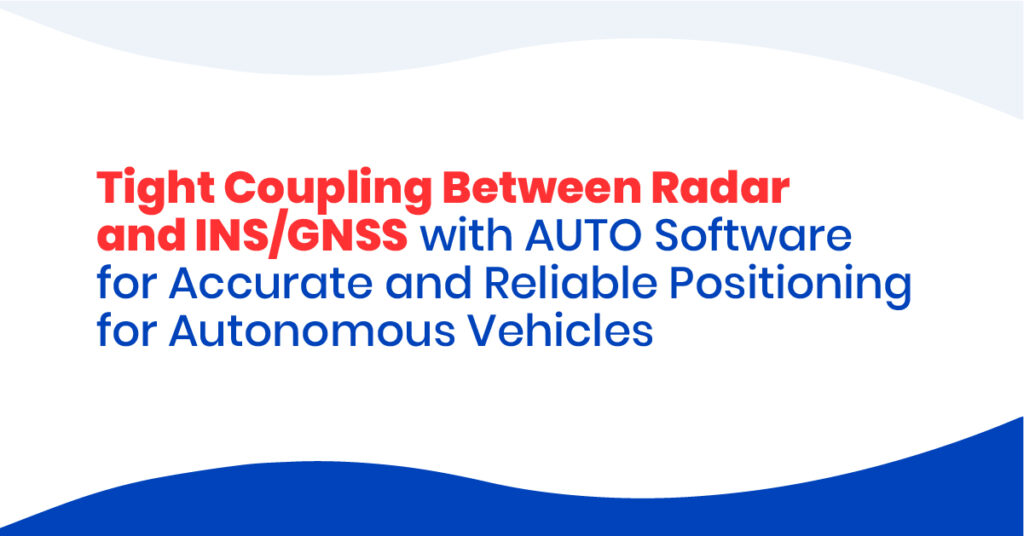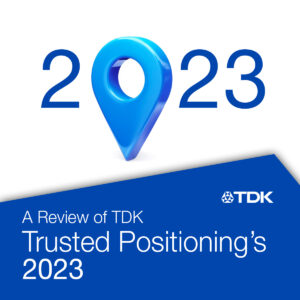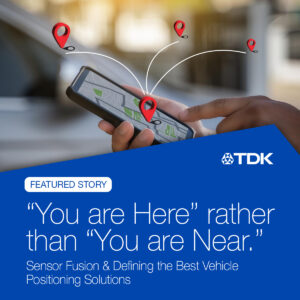A realized autonomous vehicle requires a ubiquitous, accurate, precise, and reliable localization system. Nowadays, the market is full of sensors that can be used for Positioning and Navigation; each with its strengths and weaknesses. Inertial Measurement Units (IMU) are usually used to build Inertial Navigation Systems (INS). INS can be accurate within short durations; however, INS accumulate errors and lose its accuracy very quickly, especially when using low-cost MEMS-based sensors. Global Navigation Satellite System (GNSS) can provide an absolute position and velocity to update the INS over time. Barometer is used to provide an absolute height information, and odometer to provide speed update. Integrated navigation solution consisting of IMU, GNSS-RTK, and odometer can perform well in open sky areas and on highways. This system can achieve lane-level accuracy most of the time based on the sensors conditions and measurements quality. However, in downtown and urban environments, the degradation, multipath and blockage of the GNSS signal leads to poor performance for the integrated navigation system and is challenged to maintain lane level positioning. This paper presents a version of AUTO (formerly known as Coursa Drive), a real-time integrated navigation system that provides accurate, reliable, high rate, and continuous (always available) navigation solution for autonomous vehicles by integrating INS, RTK GNSS, odometer, and radar sensors with HD-Maps. AUTO performs a tight nonlinear integration of the radar and maps with the INS/GNSS/odometer system. The results presented in this paper demonstrates that radar measurements and HD-Maps can be tightly integrated with INS/GNSS in an effective manner such that the integrated system can provide a high rate, accurate, reliable, and robust navigation solution. This is a crucial requirement for realizing a fully autonomous vehicle that can operate in urban environments under a wide range of conditions, including adverse weather and lighting conditions, even in downtown with degraded/denied GNSS signals.
Read the full paper here.



